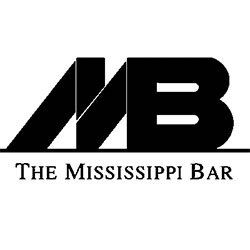PRACTICE AREAS
SUBSCRIBE TO OUR BLOG
SUBSCRIBE TO OUR BLOG
We will get back to you as soon as possible.
Please try again later.
ASSOCIATIONS
Madison County Bar Association
Rules of Land Boundary Disputes
Court rules to help resolve boundary disagreements
It is commonplace for neighbors to have disagreements about their land boundaries. Here are some of the rules the Mississippi Supreme Court has created to help solve those disputes.
1. “Where succeeding calls are readily ascertained and are as little liable to mistake, they are of equal dignity with, and may control, the first.”
What does that mean? Let us start with the term “call”.
In legal descriptions, a call is simply one part of a legal description. For example, “begin at the southwestern corner of the intersection of Rice and Johnson Roads, then run west 200 feet” is a call. That type of call is also called a “metes and bounds” description.
So, for example, if the first call in a legal description is ambiguous but the remaining calls are clear, the remaining calls can be used to clear up the first call.
Once I had to deal with a legal description that read “Begin at a point on the side of the road directly in front of my house.” That call is not exactly clear.
But, if the next call read: “Then run due east 200 feet along the road to the southwestern corner of the intersection of Rice and Johnson Roads,” you could determine that the beginning point was 200 feet west of the intersection.
2. “When monuments and distances are both given in deeds, the monuments control and the distances must be lengthened or shortened if necessary to prevent inconsistency.”
How does this Rule work? Assume a call in a deed said “begin at the southwestern corner of the intersection of Rice and Johnson Roads, then run due south 200 feet to a concrete post at the northwestern corner of the intersection of Johnson and Smith Roads.
However, the actual distance between those two intersections is 300 feet. In that case, the call has to be interpreted as running 300 feet, not 200 feet.
3. “The metes and bounds description in a deed control over the estimate of area, in determining what realty is conveyed by the deed.”
Suppose a deed had four calls, such as “Begin at the southwestern corner of the intersection of Rice and Johnson Road, then run south 200 feet, then run west 200 feet, then run north 200 feet, then run east 200 to the point of beginning,” being 1.5 acres.
Well, the actual area described by the calls is a little less that 1 acre. So, under this Rule, the area described by the calls is controlling, and the estimate of 1.5 acres is not.
4. “Where a conveyance of lots makes reference to a plat a copy of which is made a part of the conveyance, calls for course and distances may be controlled by the plat.”
Land is often subdivided into lots that are then shown on a plat. Assume a deed conveys lot 7, for example, and then tries to describe lot 7 by calls (or metes and bounds). If there is a discrepancy between the two, the plat will control.
There are more Rules that I intend to cover in a subsequent post.
Panter Law Firm, PLLC, 7736 Old Canton Road, Suite B, Madison, MS 39110
© 2022 Panter Law Firm, PLLC. All Rights Reserved.








